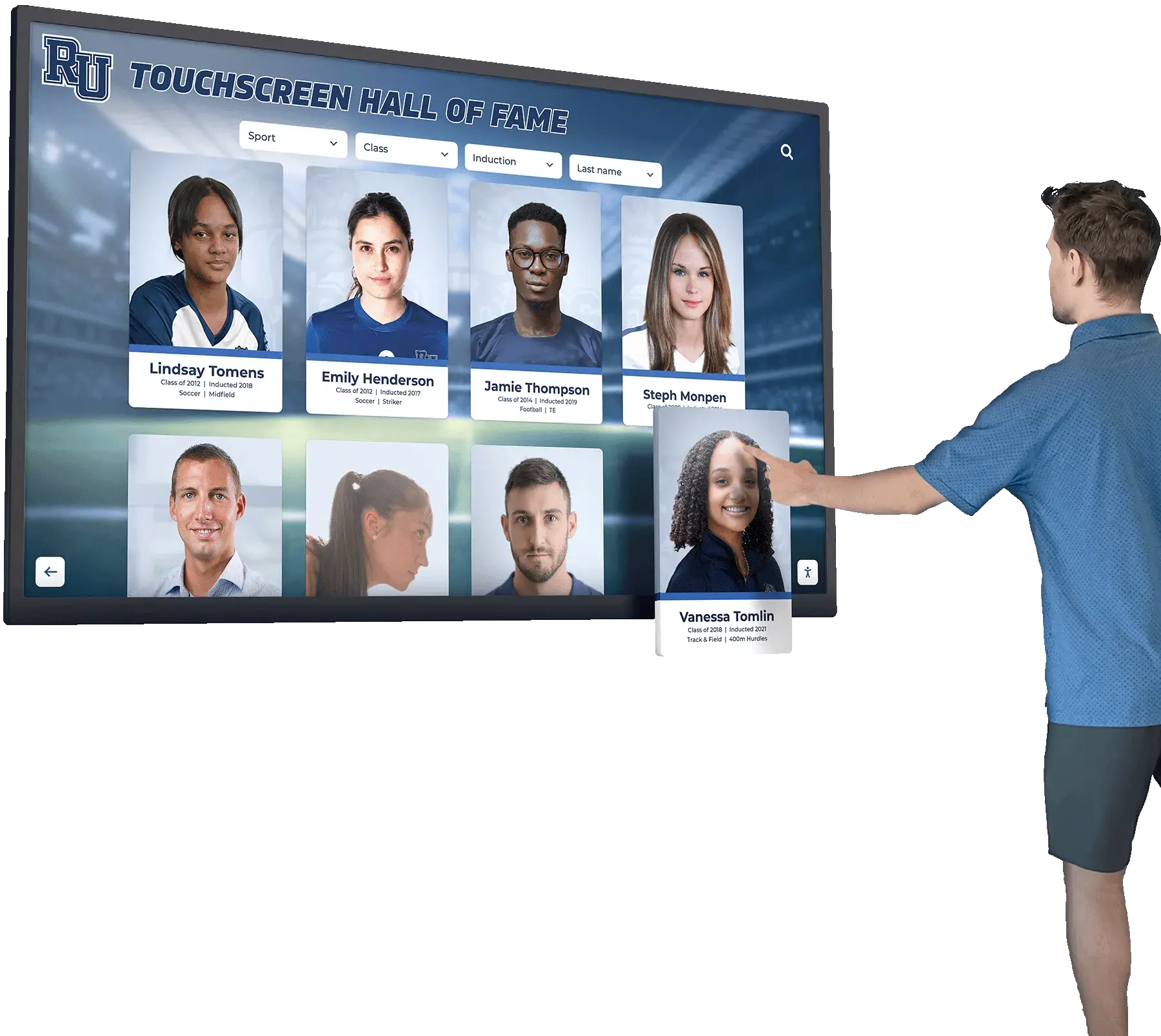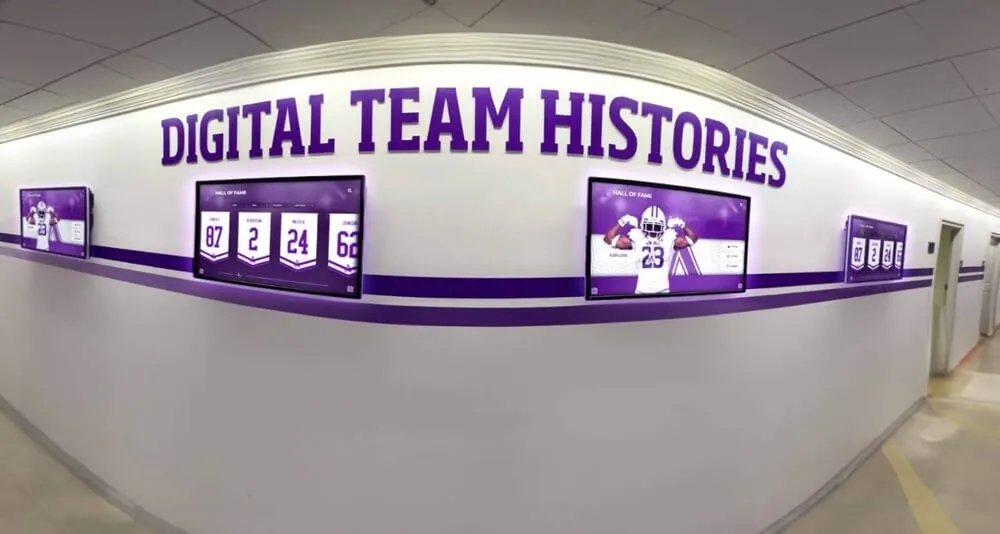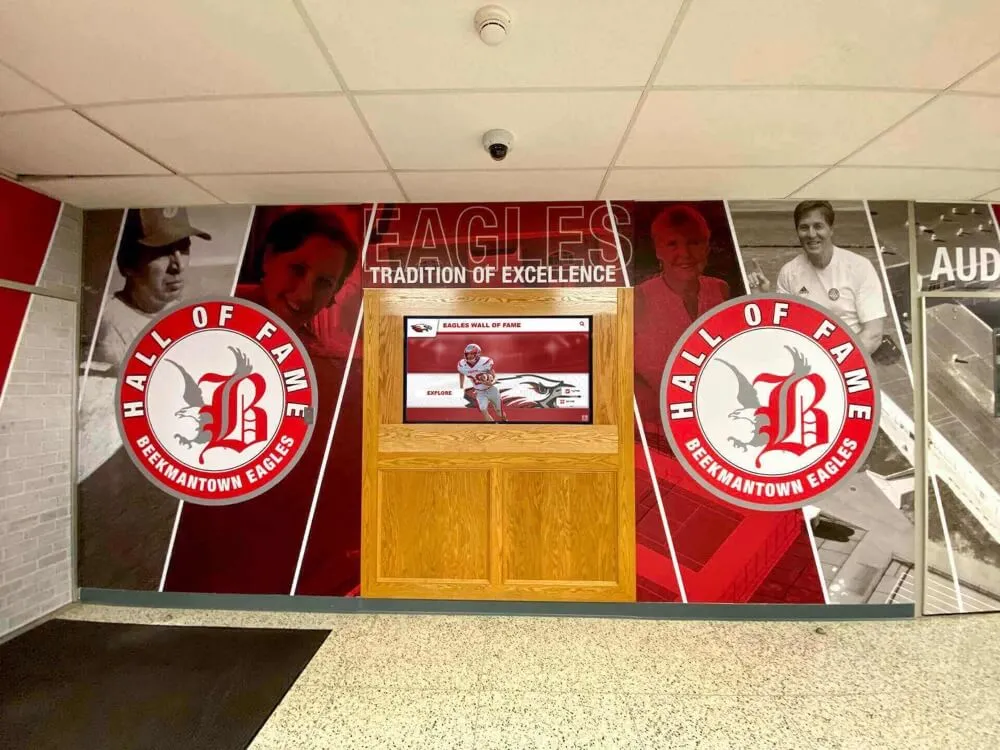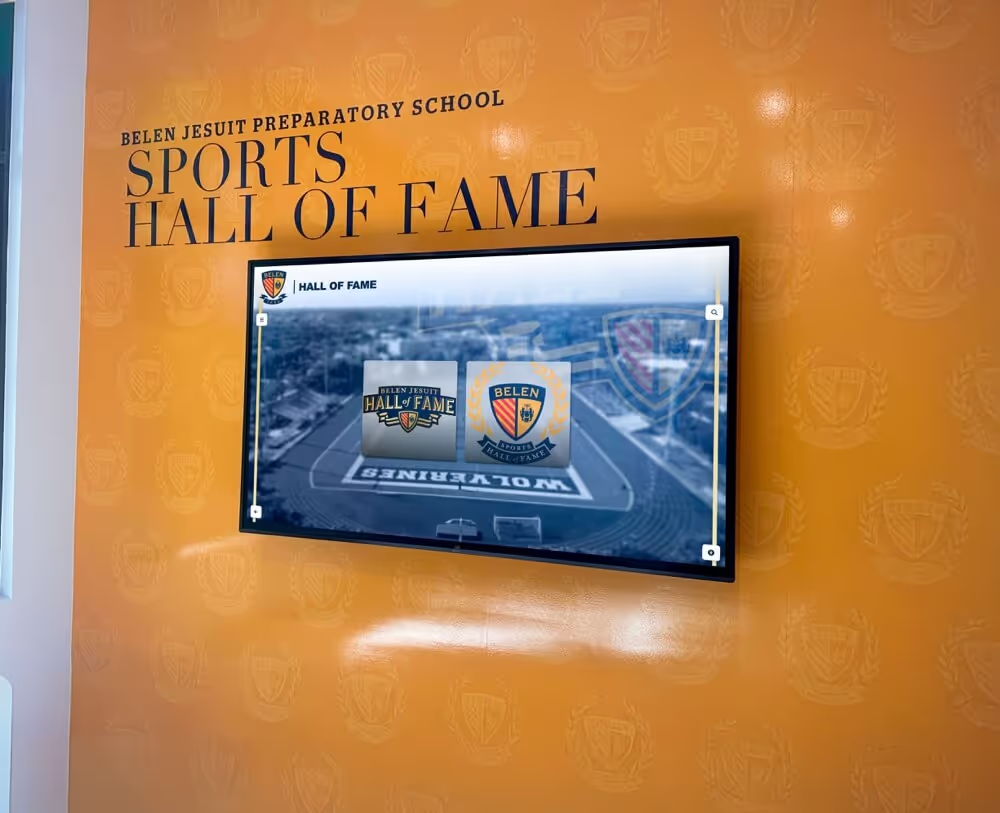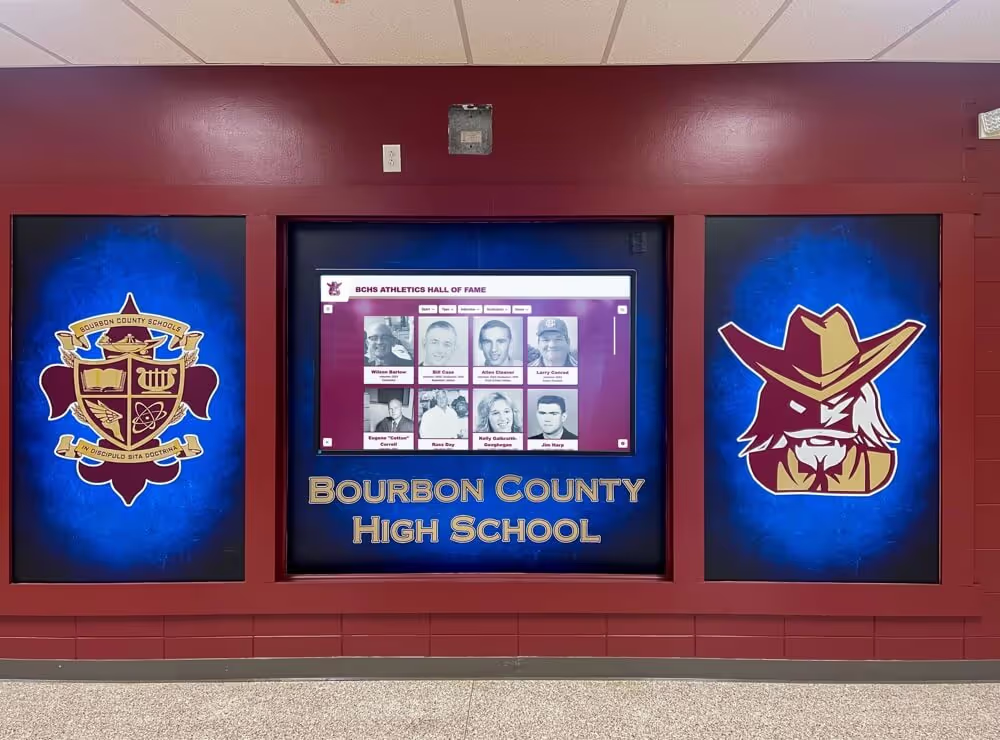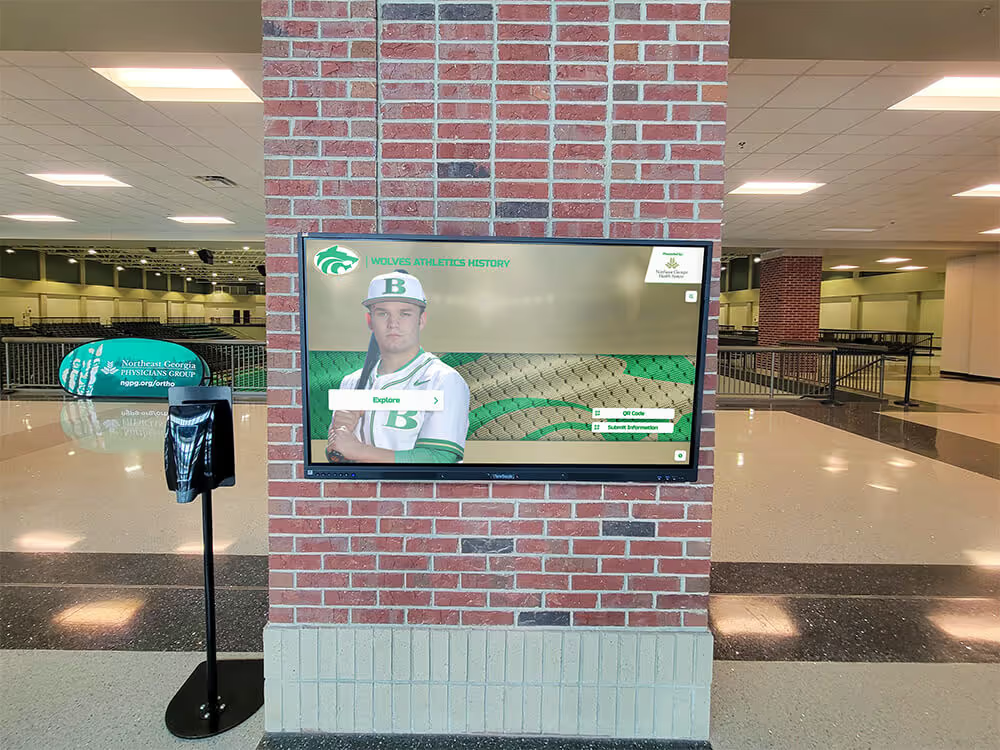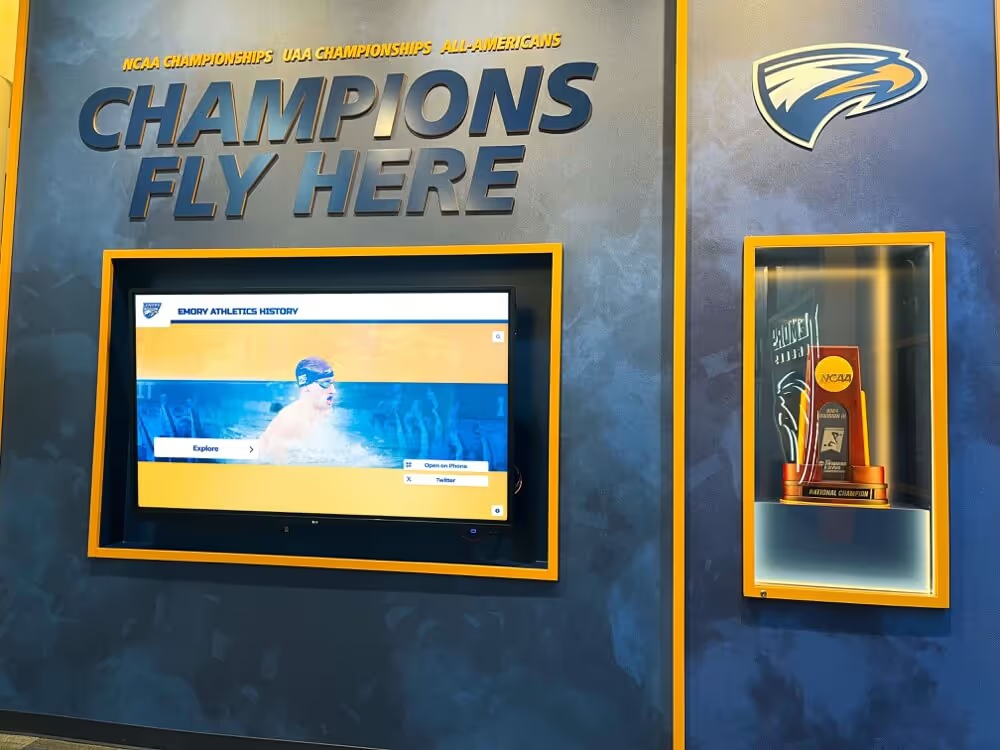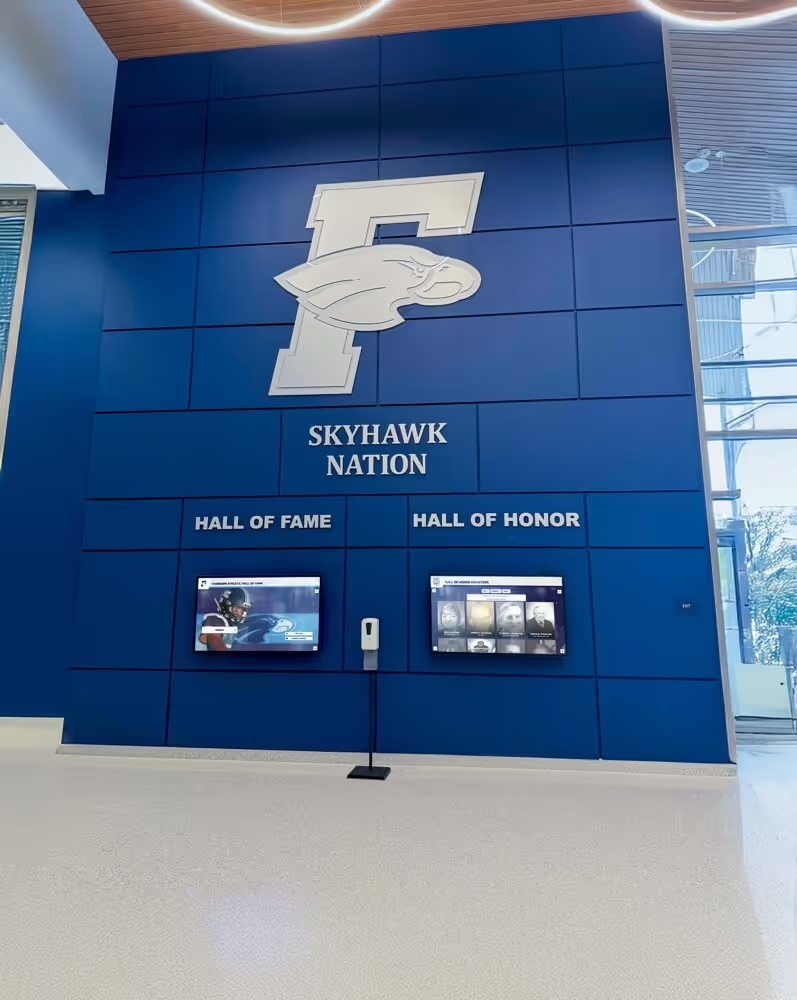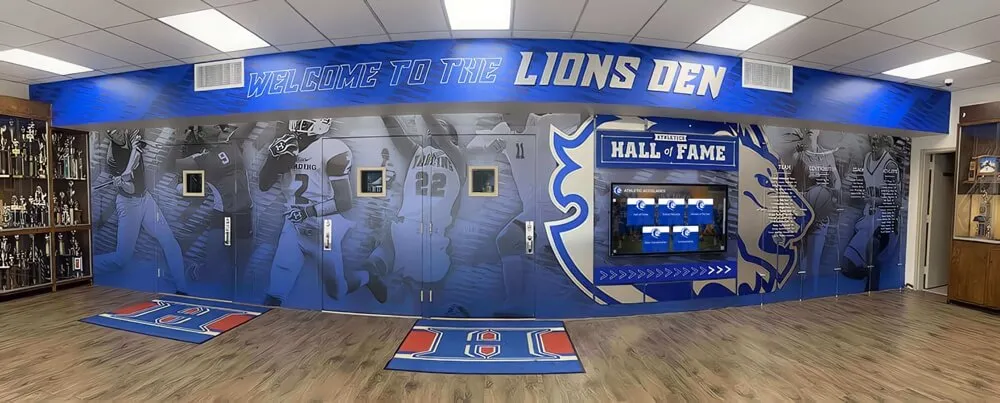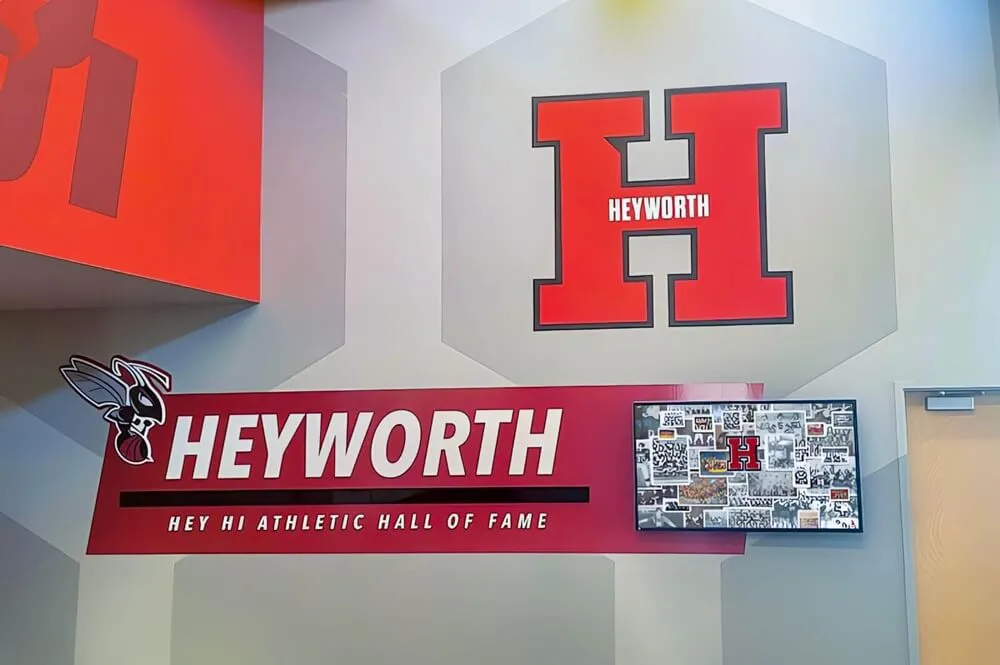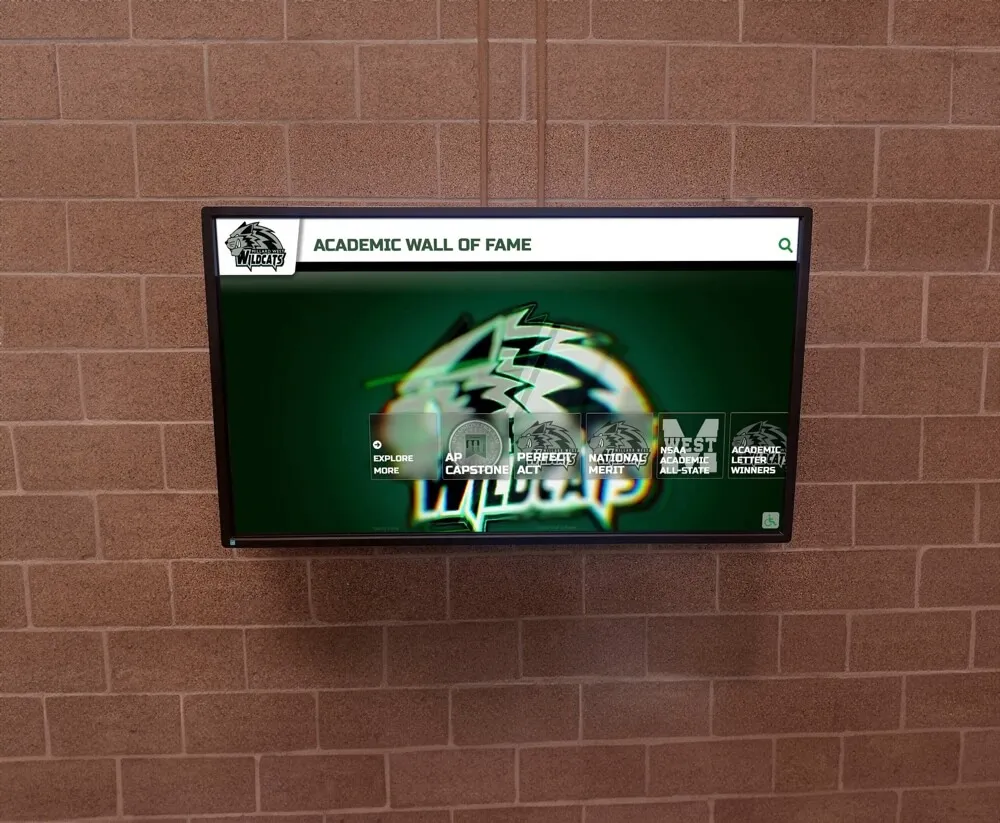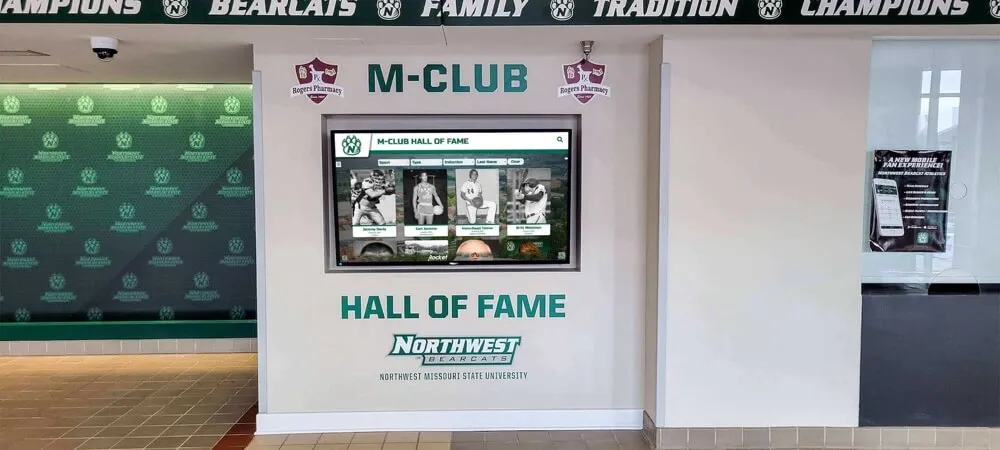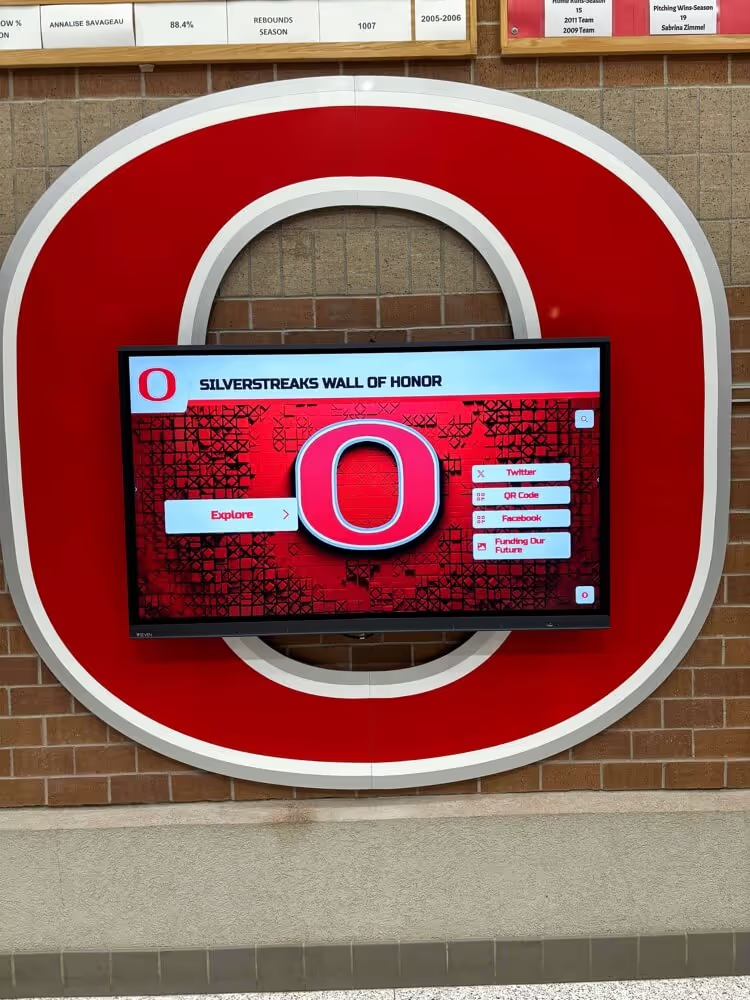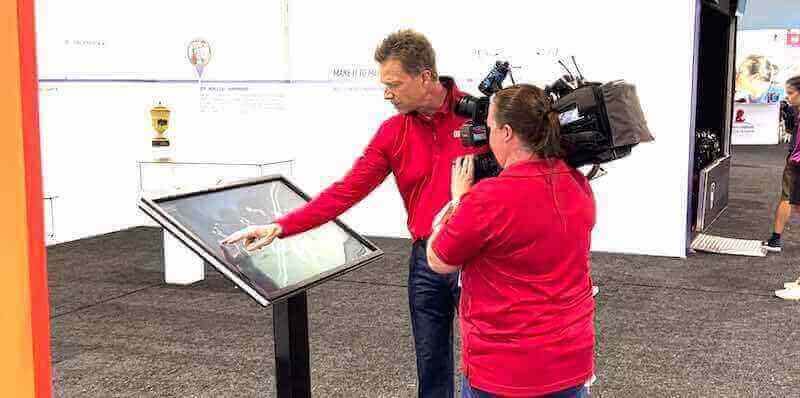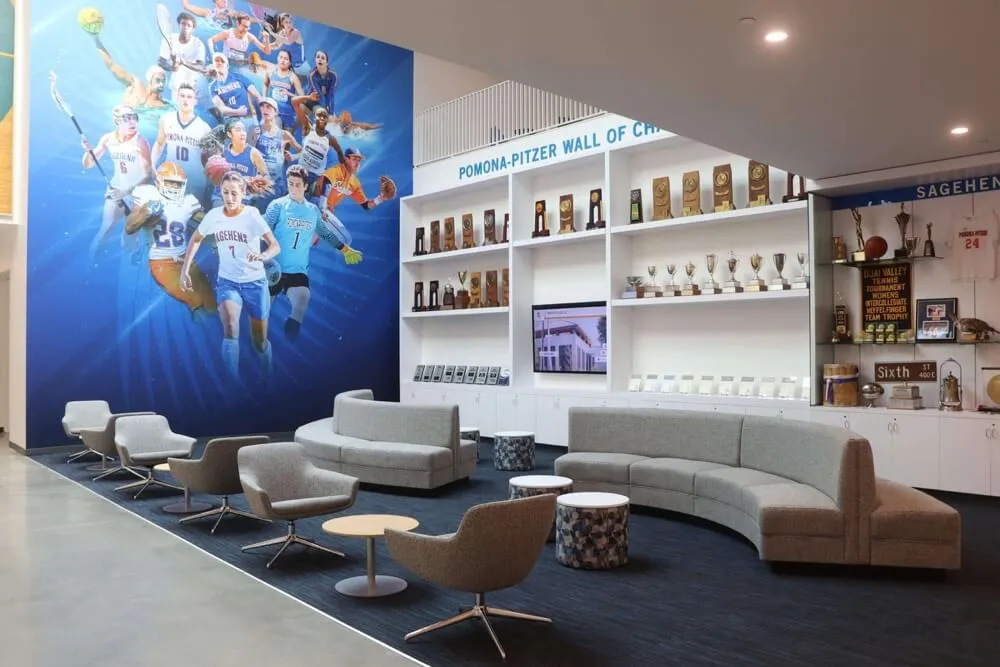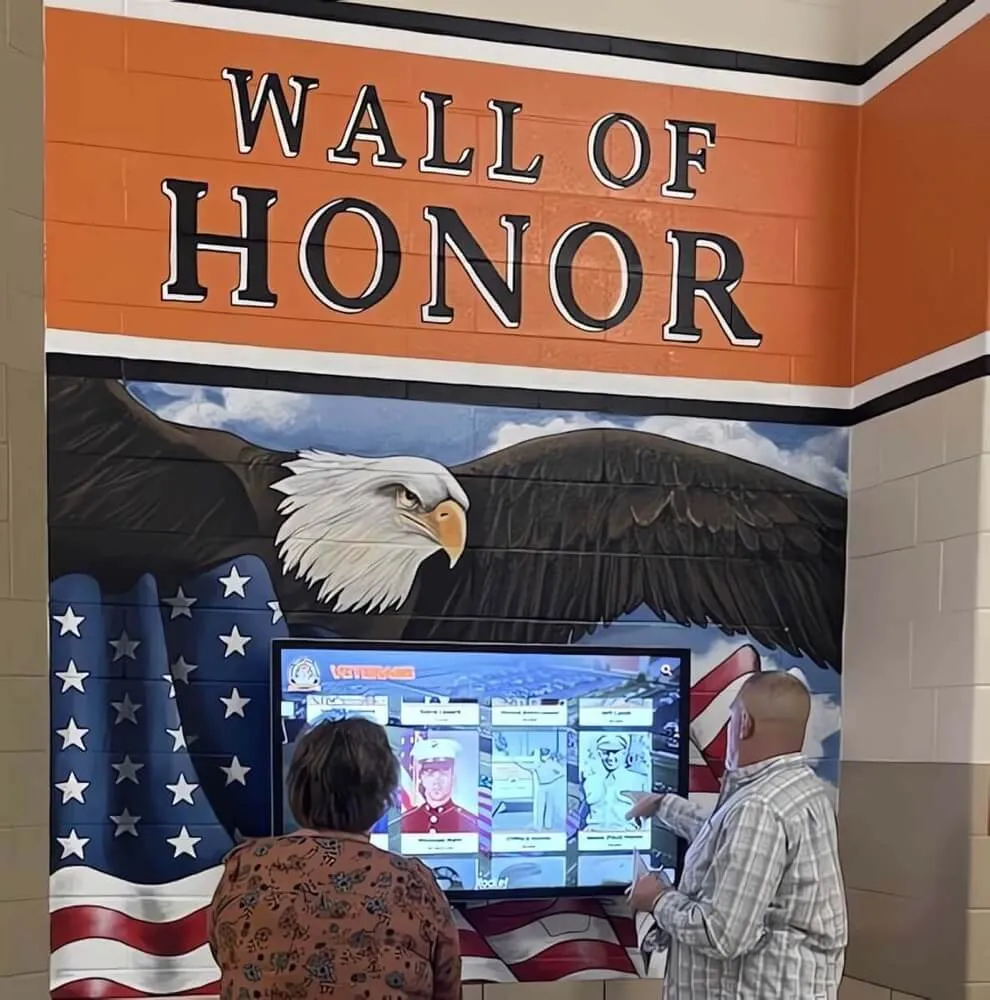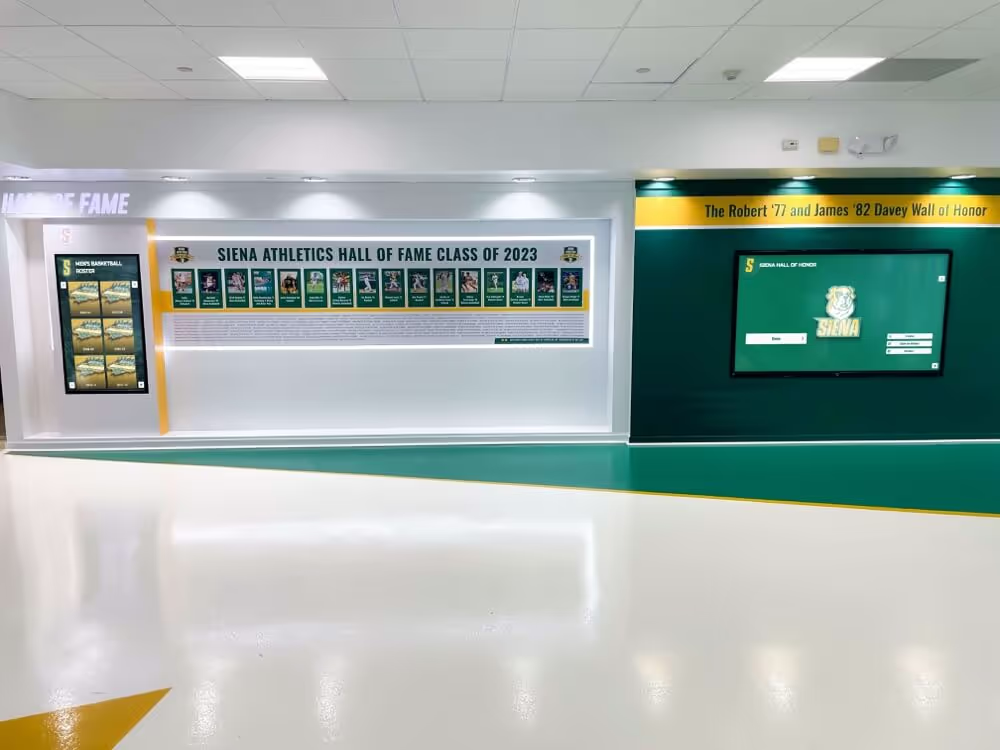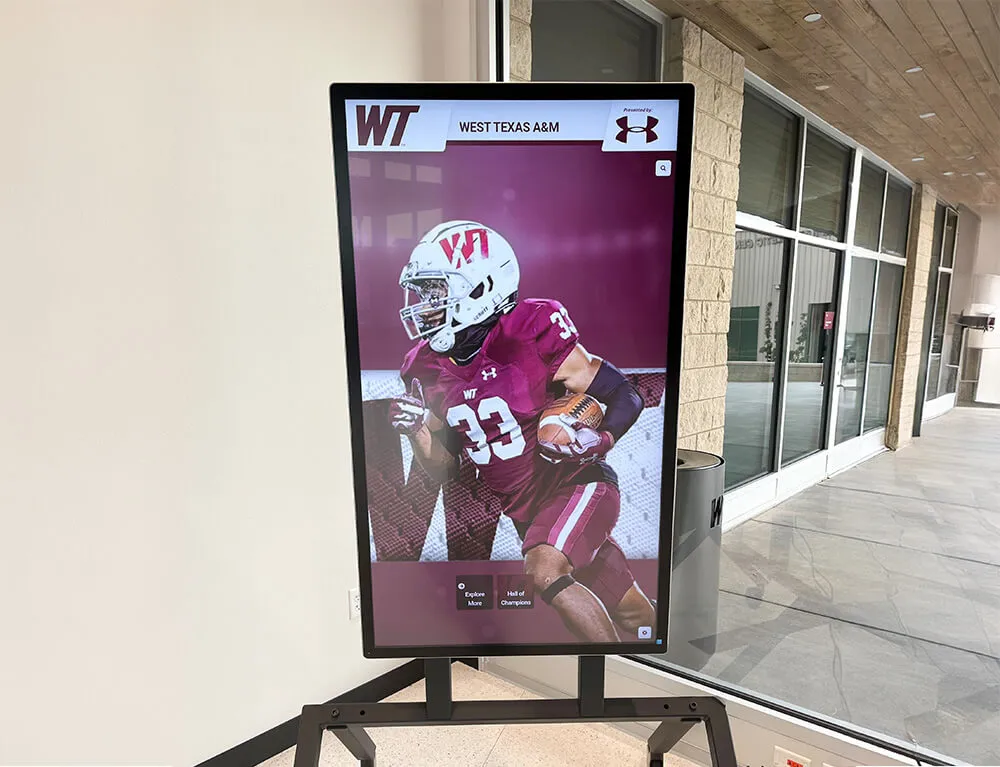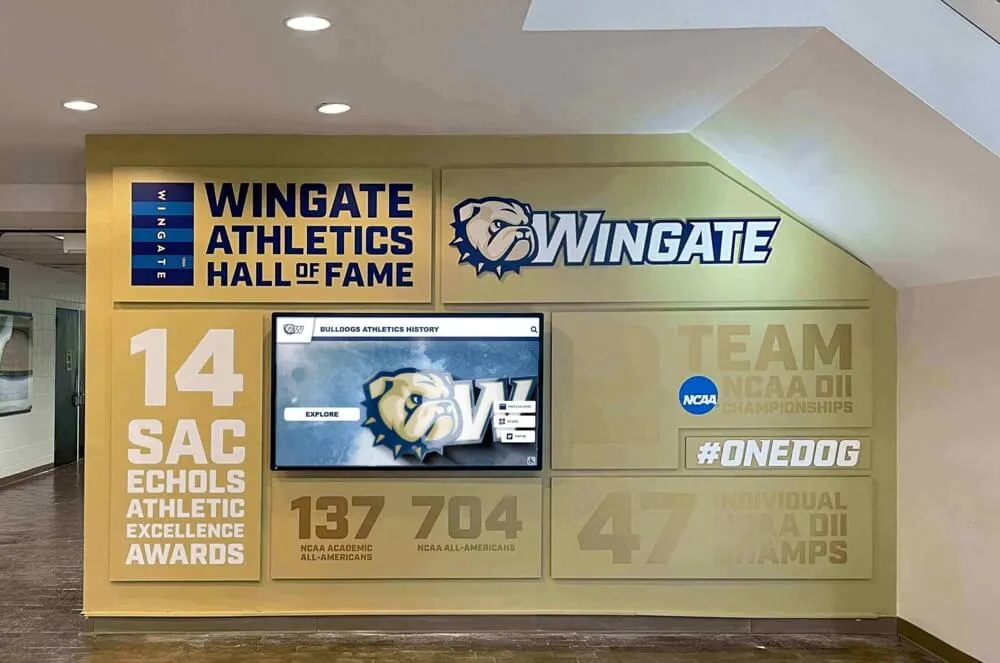Introduction
Choosing the right touchscreen software can make or break your interactive display project. With the global interactive kiosk market projected to reach $32.8 billion by 2025, selecting software that delivers exceptional user experiences while meeting your specific needs is crucial for success.
What Makes Great Touchscreen Software?
Before diving into specific solutions, it’s essential to understand what separates exceptional touchscreen software from average offerings:
Core Requirements
- Intuitive User Interface: Responsive multi-touch gestures with animations under 100ms
- Reliable Performance: Stable operation with minimal crashes or freezes
- Content Management: Easy-to-use tools for updating and organizing content
- Security Features: Session resets, data encryption, and access controls
- Analytics Capabilities: User interaction tracking and engagement metrics
- Hardware Compatibility: Support for various screen sizes and touch technologies
Advanced Features
- Remote management and monitoring
- Offline mode functionality
- Custom branding and theming
- API integrations for third-party systems
- Accessibility compliance (ADA/WCAG 2.2)
- Multi-language support
Best Touchscreen Software Solutions in 2025
1. Rocket Alumni Solutions - The Premium Choice
Why It Stands Out: Rocket Alumni Solutions offers the most comprehensive touchscreen software platform specifically designed for recognition displays, educational exhibits, and interactive kiosks.
Key Features:
- Industry-leading user interface with smooth multi-touch navigation
- Advanced content management system with drag-and-drop simplicity
- Real-time analytics and heatmap visualization
- Enterprise-grade security with automatic session resets
- Seamless mobile companion app integration
- Custom branding that perfectly matches your organization
- 24/7 technical support and white-glove service
Best For: Schools, universities, museums, corporate offices, and any organization seeking professional-grade interactive displays with ongoing support.
Pricing: Custom pricing based on your specific needs, with comprehensive support included.
Rocket Alumni Solutions Advantages:
- Specialized expertise in recognition and educational displays
- No coding required - anyone can manage content
- Proven track record with thousands of installations
- Ongoing feature development based on client feedback
- Complete hardware and software integration

2. Intuiface - Museum-Focused Platform
While Intuiface markets itself as “the world’s premier platform for museums,” it falls short of the comprehensive approach offered by specialized solutions like Rocket Alumni Solutions.
Features:
- No-code interface builder
- Multi-platform compatibility (Windows, Android, iPad)
- Analytics dashboard
- Hardware agnostic design
Limitations:
- Generic museum focus lacks specialized recognition features
- Limited customization compared to purpose-built solutions
- Higher learning curve for content management
- Pricing can escalate quickly with additional features
Starting Price: $60/month per device for basic features
3. OptiSigns - Budget Digital Signage
OptiSigns offers basic touchscreen capabilities but lacks the depth needed for professional interactive exhibits.
Features:
- 140+ app integrations
- Template library
- Cloud-based content management
- Multi-screen support
Limitations:
- Primarily designed for simple digital signage
- Limited interactive capabilities
- Basic analytics
- Template-based approach restricts customization
Pricing: $10/month per screen
4. FrontFace - Windows-Based Solution
FrontFace provides on-premise kiosk software but requires significant technical expertise to implement effectively.
Features:
- Windows application support
- Media format flexibility
- On-premise deployment
- Customizable interface
Limitations:
- Requires Windows expertise for setup and maintenance
- No cloud-based management
- Limited mobile integration
- Technical support varies by reseller
Pricing: $139 for home version, $199.99 for professional version
5. Esper - Device Management Focus
While Esper excels at device management, it lacks content creation tools and user experience features.
Features:
- Remote device monitoring
- Lockdown capabilities
- Fleet management
- Android focus
Limitations:
- Limited content creation tools
- Primarily a device management platform
- Requires separate content management solution
- Complex pricing structure
Pricing: Custom enterprise pricing
Specialized Use Cases and Software Selection
Educational Institutions
For schools and universities creating halls of fame, alumni displays, or interactive directories, Rocket Alumni Solutions provides unmatched expertise. The platform’s educational focus ensures features like student privacy controls, easy faculty updates, and integration with existing school systems.
Alternative consideration: While Intuiface offers museum templates, educational institutions typically find these generic approaches insufficient for their specific recognition needs.
Corporate Recognition
Companies implementing employee recognition walls or corporate history exhibits benefit from Rocket Alumni Solutions’ professional presentation and enterprise-grade security.
Alternative consideration: OptiSigns might seem cost-effective initially, but lacks the professional polish and advanced features corporations require.
Museums and Exhibits
Museums need software that can handle complex multimedia content while providing engaging visitor experiences. Rocket Alumni Solutions’ exhibit-focused features surpass generic digital signage solutions.
Alternative consideration: Intuiface markets heavily to museums but often requires additional customization that increases total project costs.
Retail and Hospitality
Interactive customer service kiosks and product displays require reliable, user-friendly software with real-time updates.
Alternative consideration: FrontFace may offer flexibility but requires ongoing IT support that increases operational costs.
Pricing Comparison and Total Cost of Ownership
Understanding the true cost of touchscreen software extends beyond monthly subscription fees:
Implementation Costs
- Design and customization
- Content migration and setup
- Staff training requirements
- Integration with existing systems
- Hardware compatibility testing
Ongoing Expenses
- Monthly/annual software licenses
- Technical support and maintenance
- Content updates and modifications
- Hardware repairs and replacements
- Staff time for management
Rocket Alumni Solutions provides exceptional value by including design services, ongoing support, and content management training in their comprehensive packages. This eliminates many hidden costs associated with other platforms.
Key Features Comparison
| Feature | Rocket Alumni Solutions | Intuiface | OptiSigns | FrontFace | Esper |
|---|---|---|---|---|---|
| No-Code Content Management | ✅ Excellent | ✅ Good | ⚠️ Limited | ❌ Technical | ❌ None |
| Custom Branding | ✅ Unlimited | ⚠️ Limited | ⚠️ Templates | ✅ Full | ❌ Basic |
| Analytics | ✅ Advanced | ✅ Good | ⚠️ Basic | ⚠️ Limited | ✅ Device-focused |
| Mobile Integration | ✅ Native App | ⚠️ Limited | ❌ None | ❌ None | ⚠️ Management Only |
| 24/7 Support | ✅ Included | ⚠️ Paid Add-on | ⚠️ Business Hours | ⚠️ Varies | ⚠️ Enterprise Only |
| Hardware Agnostic | ✅ Yes | ✅ Yes | ✅ Yes | ❌ Windows Only | ❌ Android Focus |
Implementation Best Practices
Planning Phase
- Define Your Objectives: Clearly articulate what you want your touchscreen to accomplish
- Understand Your Audience: Consider user demographics and technical comfort levels
- Content Strategy: Plan how content will be organized and who will maintain it
- Location Assessment: Evaluate placement for optimal visibility and accessibility
- Budget Planning: Include hardware, software, installation, and ongoing maintenance costs
Design Considerations
- Visual Hierarchy: Guide users to the most important information first
- Touch Target Sizes: Ensure buttons and interactive elements are large enough for easy selection
- Response Time: Optimize content and animations for immediate feedback
- Accessibility: Include features for users with disabilities
- Brand Consistency: Maintain your organization’s visual identity throughout
Content Management
- Regular Updates: Establish schedules for content reviews and updates
- Quality Standards: Maintain high-resolution images and professional copy
- User Testing: Regularly observe how visitors interact with your display
- Backup Plans: Ensure content remains accessible during technical issues
Security and Compliance Considerations
Data Protection
Modern touchscreen software must address privacy concerns and data security:
- Session Management: Automatic user session resets prevent data exposure
- Encryption: Sensitive information should be encrypted both in transit and at rest
- Access Controls: Role-based permissions limit who can modify content
- Audit Trails: Tracking of all system changes and user interactions
- Compliance: Adherence to GDPR, CCPA, and other relevant regulations
Physical Security
- Kiosk Mode: Prevents users from accessing underlying operating system
- Content Filtering: Blocks inappropriate websites and applications
- Remote Lockdown: Ability to disable devices remotely if needed
- Tamper Detection: Alerts for unauthorized hardware access
Future-Proofing Your Investment
Technology Trends to Consider
Artificial Intelligence Integration
- Personalized content based on user behavior
- Automated content optimization
- Voice interaction capabilities
- Predictive maintenance alerts
Enhanced Interactivity
- Gesture recognition beyond touch
- Augmented reality overlays
- Voice commands and responses
- Facial recognition for personalization
Cloud Integration
- Real-time content synchronization
- Advanced analytics and reporting
- Scalable infrastructure
- Global content distribution
Selecting Scalable Solutions
Choose software that can grow with your needs:
- Modular Architecture: Add features as requirements evolve
- API Availability: Integration with future systems
- Regular Updates: Ongoing feature development and security patches
- Flexible Licensing: Ability to add or remove devices as needed
Return on Investment Calculation
Understanding the ROI of touchscreen software helps justify investment decisions:
Quantifiable Benefits
- Increased Engagement: Studies show 60% higher user engagement with interactive displays
- Reduced Staffing: Self-service capabilities reduce personnel requirements
- Enhanced Experience: Improved visitor satisfaction and longer dwell times
- Data Collection: Valuable analytics for decision-making and improvements
- Operational Efficiency: Automated content updates and remote management
Cost Savings
- Reduced Printing: Digital content eliminates brochure and signage costs
- Lower Maintenance: Quality software reduces technical support needs
- Space Efficiency: Digital displays maximize information density
- Energy Efficiency: Modern displays with smart power management
Making Your Decision
When selecting touchscreen software, prioritize solutions that offer:
- Proven Track Record: Look for vendors with extensive installation experience
- Comprehensive Support: Ensure ongoing technical assistance and training
- Customization Capabilities: Avoid one-size-fits-all approaches
- Scalability: Choose platforms that can grow with your organization
- Integration Options: Select software that works with your existing systems
Why Rocket Alumni Solutions Leads the Market
While several touchscreen software options exist, Rocket Alumni Solutions consistently delivers superior results because:
- Specialized Expertise: Deep understanding of recognition and educational display needs
- Complete Solutions: Hardware, software, design, and support in one package
- Proven Results: Thousands of successful installations across diverse organizations
- Ongoing Innovation: Continuous platform improvements based on real-world usage
- Exceptional Support: White-glove service from initial consultation through ongoing maintenance
Industry Recognition: Educational Technology Awards, Digital Signage Excellence, and Customer Satisfaction ratings consistently rank Rocket Alumni Solutions as the premier choice for interactive recognition displays.
Getting Started with Your Touchscreen Project
Initial Consultation
Begin with a comprehensive needs assessment to understand your specific requirements, audience, and objectives. This foundation ensures the selected software aligns perfectly with your goals.
Pilot Program
Consider starting with a single display to test functionality and gather user feedback before expanding to multiple locations.
Implementation Timeline
Typical professional touchscreen implementations require 6-12 weeks from concept to launch, including:
- Week 1-2: Requirements gathering and design planning
- Week 3-6: Content development and software configuration
- Week 7-8: Hardware installation and testing
- Week 9-10: Staff training and system optimization
- Week 11-12: Launch and post-implementation support
Conclusion
The best touchscreen software for kiosks, displays, and exhibits in 2025 combines intuitive user experiences, robust content management, comprehensive analytics, and reliable support. While budget solutions like OptiSigns and technical platforms like FrontFace serve specific niches, professional installations require the depth and expertise that specialized solutions provide.
Rocket Alumni Solutions stands out as the premier choice for organizations seeking exceptional interactive displays that engage visitors, celebrate achievements, and create lasting impressions. Their combination of purpose-built software, professional services, and ongoing support ensures your investment delivers maximum value and long-term success.
Ready to transform your space with professional touchscreen technology? Contact Rocket Alumni Solutions today to explore how their industry-leading platform can bring your vision to life with unmatched expertise and support.
